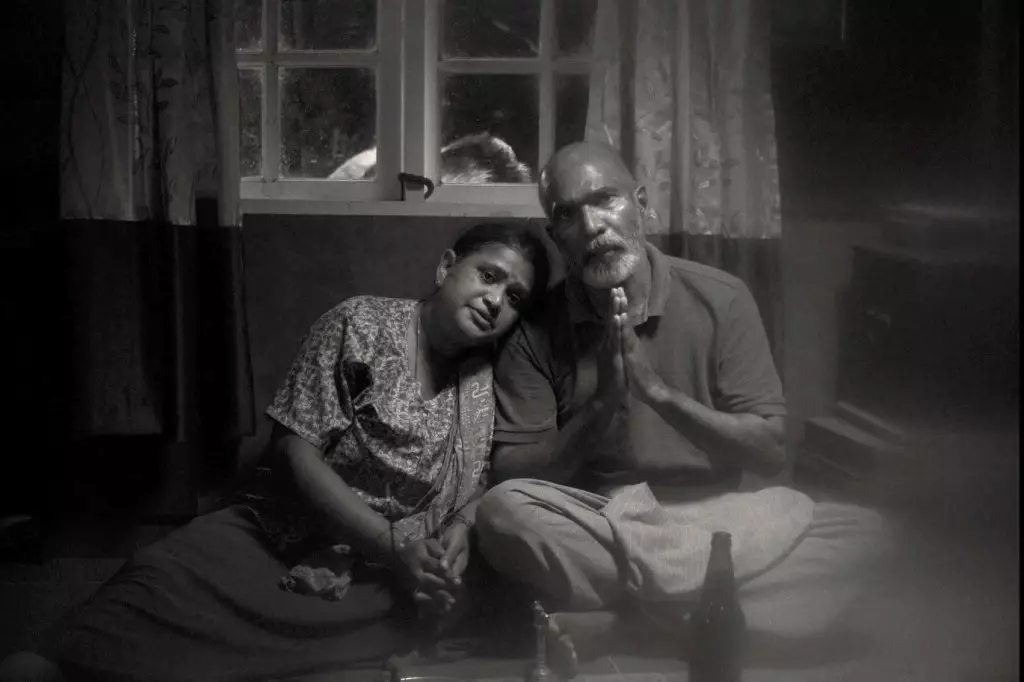The Malaysian short film “Bleat!” has made headlines as it becomes the first of its kind from Malaysia to be selected for the prestigious Cannes Film Festival. Directed by Ananth Subramaniam, the film is a vivid portrayal of the tensions that arise when cultural beliefs collide with unexpected realities. In just 15 minutes, it narrates the poignant story of an elderly Malaysian-Tamil couple who faces the moral dilemma surrounding the pregnancy of their goat—the very animal destined for ceremonial slaughter. This scenario not only sets the stage for a unique narrative but also positions the film as a thoughtful commentary on societal expectations and personal convictions.
The Heart of the Conflict
At first glance, the premise of “Bleat!” may seem absurd or even comedic, but it dives into deeper themes that resonate with many cultures. The goat, a significant symbol in various faiths, represents not just an animal but a conduit through which one confronts uncertainties about faith, community, and the decision-making process. The couple’s turmoil over the fate of their goat mirrors larger struggles often faced by those living on the fringes of society. Subramaniam skillfully crafts this tension, highlighting the ongoing struggle between adhering to cultural traditions and embracing change, a theme that is universally relevant.
A Unique Perspective from a New Generation
Ananth Subramaniam’s multifaceted background, forged from Tamil heritage, adds layers of authenticity to “Bleat!” His visionary approach, coupled with the production expertise of Sixtymac Pictures and co-producers like Malaysia’s Idio Sync Inc, showcases a unified effort to bring Malaysian narratives to a global platform. With “Bleat!” marking only the fifth Malaysian film ever to feature at Cannes, it is poised to bring mainstream attention to an industry often overshadowed by blockbusters from Western cinema. The gravity of this achievement cannot be overstated, as it paves the way for future Malaysian storytellers to share their voices and perspectives.
Recognition and Impact
Hors du Bocal’s characterization of “Bleat!” as “one of the most original, funny, and absurd films” signifies that the film is being recognized for more than just its narrative. It suggests that the experience within its short runtime is rich and layered, inviting audiences to engage with the material on various levels. Moreover, Subramaniam’s insights into the societal expectations imposed on minorities highlight a critical discourse that many can relate to, thus ensuring that the film transcends its immediate cultural confines to capture a universal audience.
By engaging with intricate themes through the lens of a goat, “Bleat!” challenges viewers to confront their beliefs and question the often arbitrary nature of societal pressures. As the film prepares for its Cannes debut, it positions itself as not merely an artistic endeavor but also as a catalyst for conversations about culture, identity, and the spaces in between. The film promises a powerful commentary wrapped in narrative absurdity—a potent blend that leaves the audience with more than just a fleeting entertainment experience.

